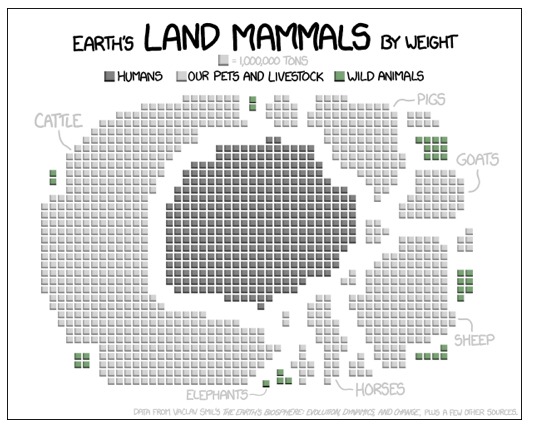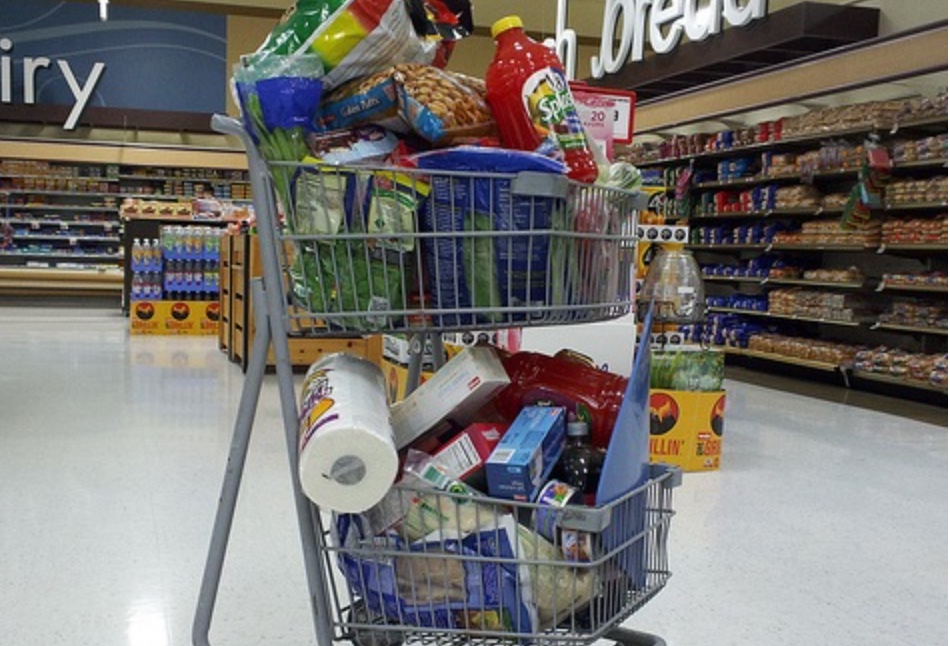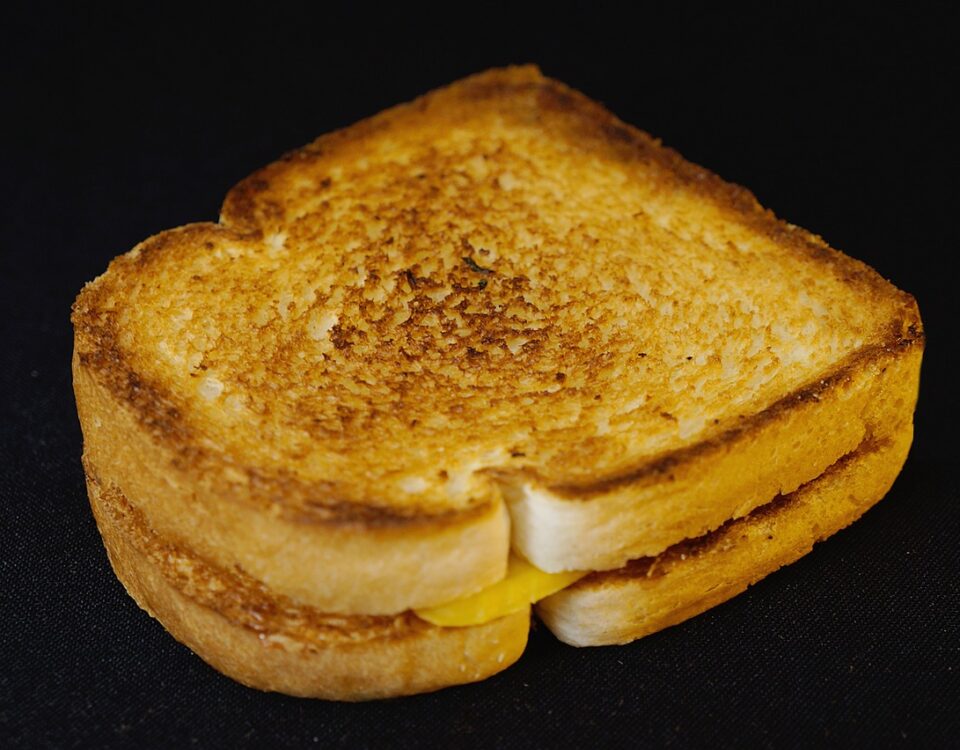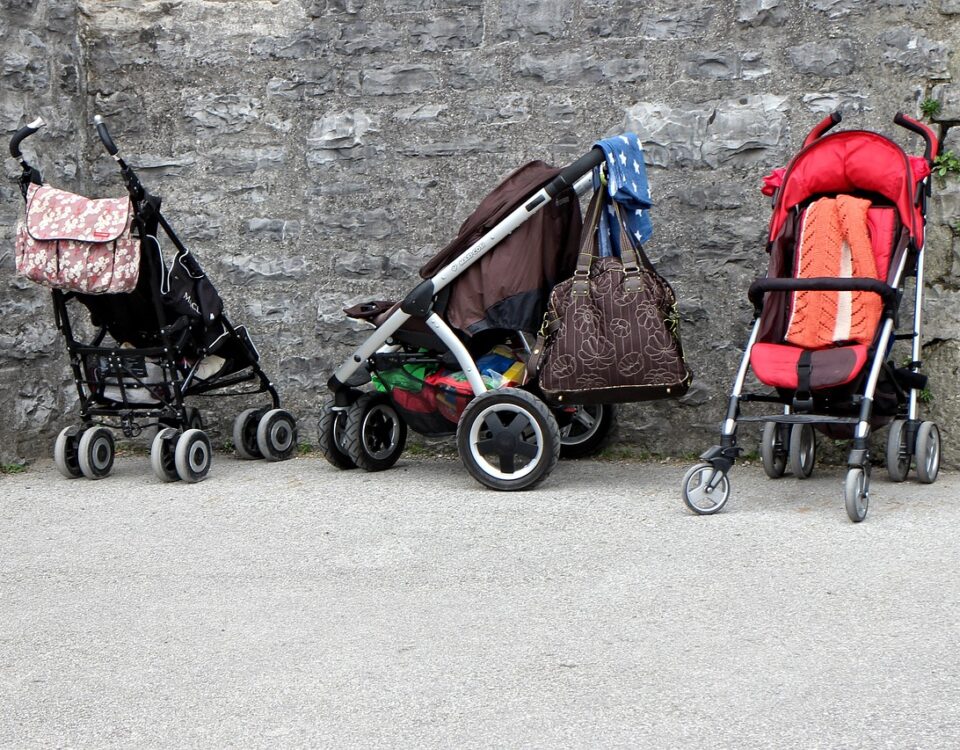How Alibaba Grossed More than $14bil in a Single(s’) Day
November 12, 2015
Weekly Roundup: From Fast Food Grades to Movie Reviews
November 14, 2015In 2010, a reader told the the New Yorker Magazine that the artist who drew their May 17th cover “…has the ‘ends’ mixed up.” He was referring to an image of a cow emitting methane from its rear. Instead, the burps are the problem.
Where are we going? To greenhouse gas emissions.
Cows and Methane
Cows burp a lot because of what they eat. Called the rumen, the front section of their four-part stomach is particularly adapted to processing tough to digest fiber-laden substances like grasses. One by-product of the process is hydrogen and carbon dioxide gas which then combine, make methane, and soon are burped into the world. Together, these burps compose slightly more than one-quarter of U.S. methane emissions,
Methane is a potent greenhouse gas. With a large possible impact on climate because it is so good at retaining heat, methane’s Global Warning Potential (GWP) number is 25 while CO2‘s (Carbon Dioxide) is 1. Or, we could just say that when we look at equivalent amounts, methane creates 25 times more warming than CO2 during 100 years.
Consequently, a steak dinner is more than a good meal with a health downside. As the graph indicates, to produce one 6 oz. Kobe steak on a commercial farm, the CO2 equivalent is considerable when compared to fruit and rice.

From: Michigan State University
The Solution
Predictably, scientists are trying to develop bovine food substitutes. In one experiment, cows consumed a new compound called 3NOP. To quantify the impact, researchers attached a device that captured and measured the methane. So far, with the diet having reduced emissions by 30 percent while doing no harm, they think they might be on to something. Specifically, the cows’ were okay with digestion, milk production and even gained some weight when eating 3NOP.
These are three of the wired cows:

From: National Geographic
Our Bottom Line: Externalities
As a potentially harmful side effect of raising cattle and other ruminants, methane production could be called a negative externality.
This xkcd cartoon displays the size of the problem:

From: xkcd
You can see why ruminants like cows, sheep and goats have a disproportionate impact on the environment.
![econlifelogotrademarkedwebsitelogo[1]](/wp-content/uploads/2024/05/econlifelogotrademarkedwebsitelogo1.png#100878)



